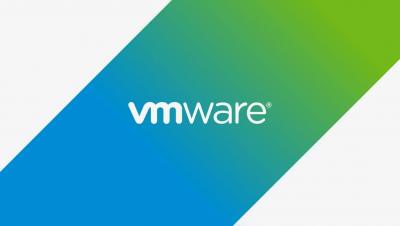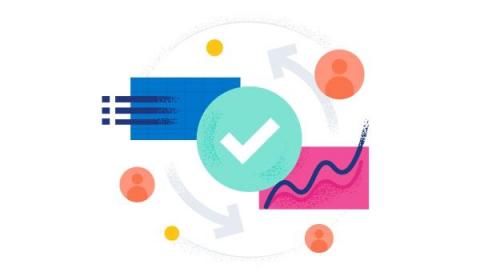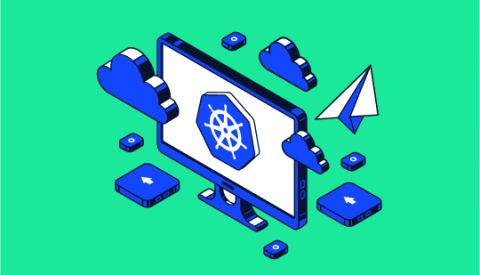Operations | Monitoring | ITSM | DevOps | Cloud
Containers
The latest News and Information on Containers, Kubernetes, Docker and related technologies.
Bad Guys and How They Hack It - Oliver Pinson Roxburgh | Civo Navigate NA 2023
The Future of Machine Learning and AI Panel Discussion | Civo Navigate NA 2023
Gain insights into Kubernetes errors with Elastic Observability logs and OpenAI
As we’ve shown in previous blogs, Elastic® provides a way to ingest and manage telemetry from the Kubernetes cluster and the application running on it. Elastic provides out-of-the-box dashboards to help with tracking metrics, log management and analytics, APM functionality (which also supports native OpenTelemetry), and the ability to analyze everything with AIOps features and machine learning (ML).
Manually Trigger Preview Environments with Create On Demand Feature
Ocean AKS: Serverless Kubernetes for Azure
Tools Make the Difference for Kubernetes Success
The way to solve Kubernetes complexity is with tools. Ironically, this also creates a lot of complexity because there are many options for each type of tool and, thus, an unfathomable number of combinations. Each stack of tools first requires unique integrations, and then there's ongoing work to keep all those tools integrated and working together. It's no wonder, then, that we've seen a strong willingness for organizations to spend money on Kubernetes tools.
Challenges of observing Kubernetes: Understanding a complex and dynamic system
As technology evolves in the enterprise, oftentimes the processes and tools used to manage it must also evolve. The increased adoption of Kubernetes has become a major inflection point for those of us in the monitoring and management side of the IT operations world. What has worked for decades (traditional infrastructure monitoring) has to be adjusted to the complexity and ephemeral nature of modern distributed systems where Kubernetes has a prime role.
From Containers to Kubernetes: A Roadmap for Migrating Your Applications Successfully
Kubernetes is essential to modern application development and runtime. As a powerful container orchestration platform, its benefits include improved scalability, portability, and automation, all of which contribute to more resilient applications and cost savings. More and more organizations are adopting Kubernetes to develop applications that can scale, recover from failures, and quickly adapt to changing business requirements.
A brief history of MicroStack
OpenStack is no doubt a wonderful and successful piece of software. It allows you to create your own cloud infrastructure, and thanks to its open-source nature, it’s free to use for everyone. But as with many giant software projects, all that power comes with a challenge: it is reasonably complex to install and configure.











